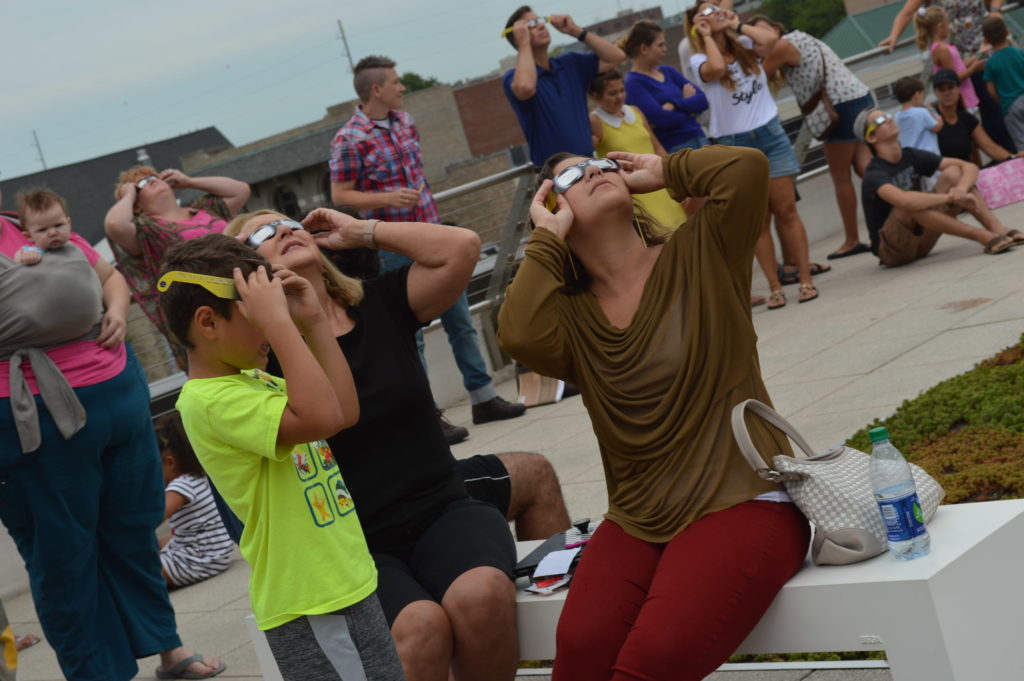
A rare solar eclipse will dim the skies in Eastern Iowa on Monday, April 8, 2024, and while a total eclipse will not occur in Iowa, parts of the state will see the eclipse reach near-totality, an event that will not occur again in the continental United States for another 20 years.
NASA notes that during partial or annular solar eclipses, it is never safe to look directly at the eclipse without proper eye protection and viewing any part of the sun through a camera lens, binoculars, or a telescope without a special-purpose solar filter secured over the front of the optics will instantly cause severe eye injury.
The Cedar Amateur Astronomers will host a Partial Solar Eclipse Celebration at the Eastern Iowa Observatory and Learning Center. The observatory is located on the southern edge of the Palisades-Dows Preserve, between Mount Vernon and Ely, at 1365 Ivanhoe Road.
Free solar eclipse glasses will be available during the in-person event, taking place during the duration of the eclipse, from 12:46 p.m. to 3:16 p.m. April 8.
Also, the University of Iowa Sciences Library and Department of Physics and Astronomy, will host a viewing event on the Pentacrest and in the Sciences Library Courtyard on Iowa Avenue in Iowa City, from 12:30 p.m. to 3 p.m. on the day of the eclipse.
A limited number of eclipse viewing glasses will be available at the event, and solar telescopes will be used to view the partial eclipse.
Read more from Charlotte Brookins of CLAS Communications:
Seven years after the 2017 eclipse, Iowa City will experience another large-scale solar event when the moon partially covers the sun on April 8, 2024. From 12:46 p.m. to 3:16 p.m., the eclipse will progress up to 89 percent totality, dimming the skies and creating an unforgettable celestial event for all to enjoy.
Solar eclipses are rare, making it more special that Iowa City residents have had two chances to experience them in the past seven years. According to physics and astronomy professor Jasper Halekas, solar eclipses are serendipitous in nature.
“It’s a happy accident that the moon happens to be at exactly the right distance and the right size to basically totally block out the sun but just leave a little bit of light around the edge of it,” says Halekas in an interview with the Iowa City Press-Citizen. “You can often see a tiny little bit of light from the outer reaches of the sun still showing from the edge. It is quite spectacular. It feels like night for a few minutes; you start to hear crickets chirping, and all the local wildlife thinks it’s suddenly nighttime.”

No Comments Yet